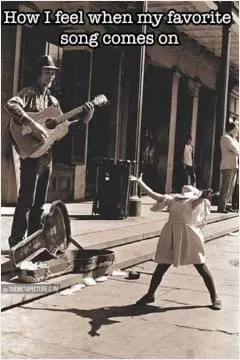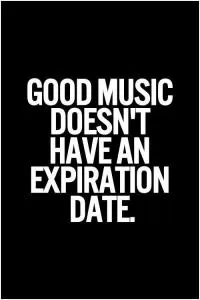Dance is music made visible

Dance is music made visible
Dance is often described as music made visible, and this comparison holds true in many ways. Just as music is a form of expression that conveys emotions and tells a story through sound, dance is a physical expression of rhythm and movement that can evoke powerful emotions and convey a narrative without words.When dancers move to music, they are not just following the beat or melody; they are interpreting the music through their bodies, translating the sounds into movement. Just as a musician uses their instrument to create melodies and harmonies, a dancer uses their body to create shapes, lines, and patterns that complement and enhance the music.
In this way, dance becomes a visual representation of the music, bringing it to life in a way that is both captivating and immersive. The movements of the dancers can mirror the rise and fall of the music, the intensity of the beat, or the emotion of the lyrics, creating a powerful connection between the two art forms.
Furthermore, just as music can be complex and multi-layered, so too can dance. Dancers can incorporate a variety of styles, techniques, and influences into their performances, creating a rich tapestry of movement that reflects the diversity and depth of the music they are dancing to.
Additionally, dance has the ability to transcend language and cultural barriers, much like music. It is a universal form of expression that can be understood and appreciated by people from all walks of life, regardless of their background or beliefs. Through dance, people can come together and connect on a deeper level, sharing in the joy and beauty of movement and music.












 Friendship Quotes
Friendship Quotes Love Quotes
Love Quotes Life Quotes
Life Quotes Funny Quotes
Funny Quotes Motivational Quotes
Motivational Quotes Inspirational Quotes
Inspirational Quotes